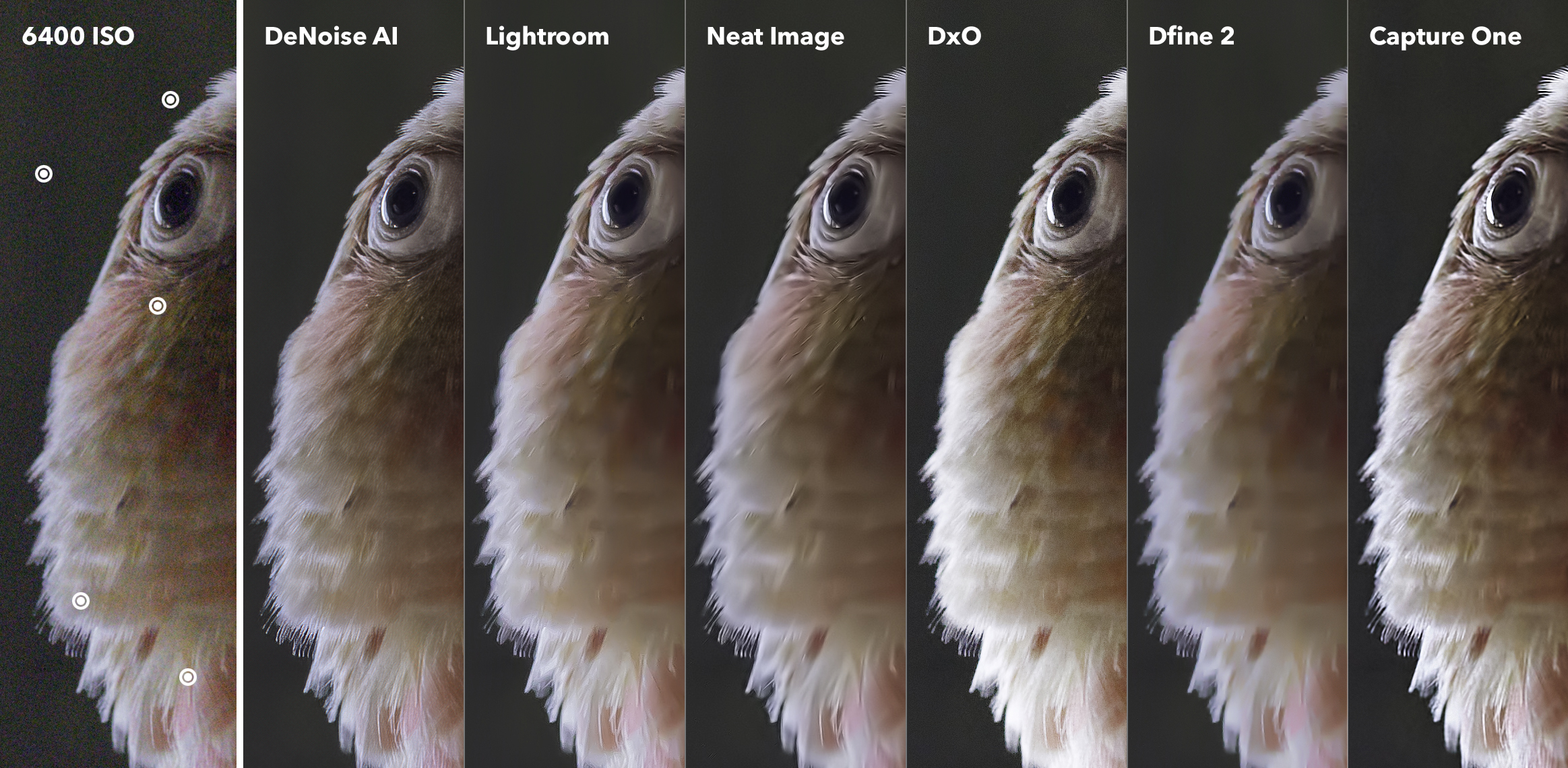

Higher the burst rate more the chance of capturing better frames. So, go for a camera which offers good burst rate. So, you don’t want to miss any frames when the action is happening. Wildlife photography involves lots of action. It will be displayed as “X” fps in the camera manual. Burst Rateīurst rate is the number of clicks which the camera can produce continuously in a second with a single shutter button press. What to look for in a Good Wildlife camera? 1. It will help you to make the right camera selection. Sony A7R Mark III 35mm full-frame cameraīefore getting into the camera list for wildlife photography, I thought it would be good to share what to look for in a wildlife camera.

Best Sony Cameras for Wildlife Photography.Best Canon Cameras for Wildlife Photography.What to look for in a Good Wildlife camera?.You may support my work by buying Capture One license, subscription, or styles using this partner link.Īs a non-native speaker, I use Grammarly to proofread my English texts. I am adding white or black borders to the portrait-oriented images with an aspect ratio different than 4:5 to prevent Instagram from cropping it. For Instagram, I use 100 % quality JPEG files downscaled to the size not exceeding 1080×1350 pixels.I use PNG with the long edge of 2048 pixels for sharing to the Facebook.Sharpening of images during the export with these values: Amount = 0,8 / Radius = 0,7 / Threshold = 1 (you may need to experiment with these values if you use camera with significantly higher resolution then 24 megapixels).This is my workflow for exporting photos for social media from Capture One with some finishing in Affinity Photo (in most cases, only adding the watermark). I don’t do any other processing or sharpening in Affinity Photo – it was done during Capture One export. I export final images for sharing – I use JPEG with 100 % quality for Instagram and PNG for Facebook.Sometimes, I also crop the image for Instagram in this step. After exporting, I open TIFF files for Facebook and Instagram in Affinity Photo, add watermarks and save both files with layers that allow me to remove or reposition watermark later. I use the TIFF format for exporting because I am adding watermark to images and I don’t want to degrade image quality by editing JPEGs.If you use Capture One Express, you can use the same settings in Export Variants dialog. Thanks to recipes it is easy to create files for both platforms at one time. I use Process Recipes I have created for Facebook and Instagram. I export photos from Capture One in final sizes.Over time I fine-tuned a workflow with which I achieve optimal image quality when publishing photos to social media: Using Process Recipes in Output tool tab makes it easier as you can set different sharpening for each recipe, but this feature is available only in Capture One Pro.

#Post processing wildlife photos in capture one pro 12 full size
And you absolutely should not sharpen photos exported in full size – then no sharpness degradation occurs so additional sharpening would lead to over-sharpened image. Other settings may be suitable in case when you downscale photo only a little. For higher resolutions, you may need to experiment a bit. The same settings will work for other Fujifilm cameras with the same sensors and you can try them even if you use different cameras with a similar resolution between 20 and 24 megapixels. Sharpening: Output Sharpening for Screen.These values work reasonably well for my cameras Fujifilm X-T2 and X-T3 cameras: It offers many possibilities I am thoroughly describing in my e-book (only in Czech for now, sorry guys), but you can manage many common scenarios like exporting for social media with single settings.


 0 kommentar(er)
0 kommentar(er)
